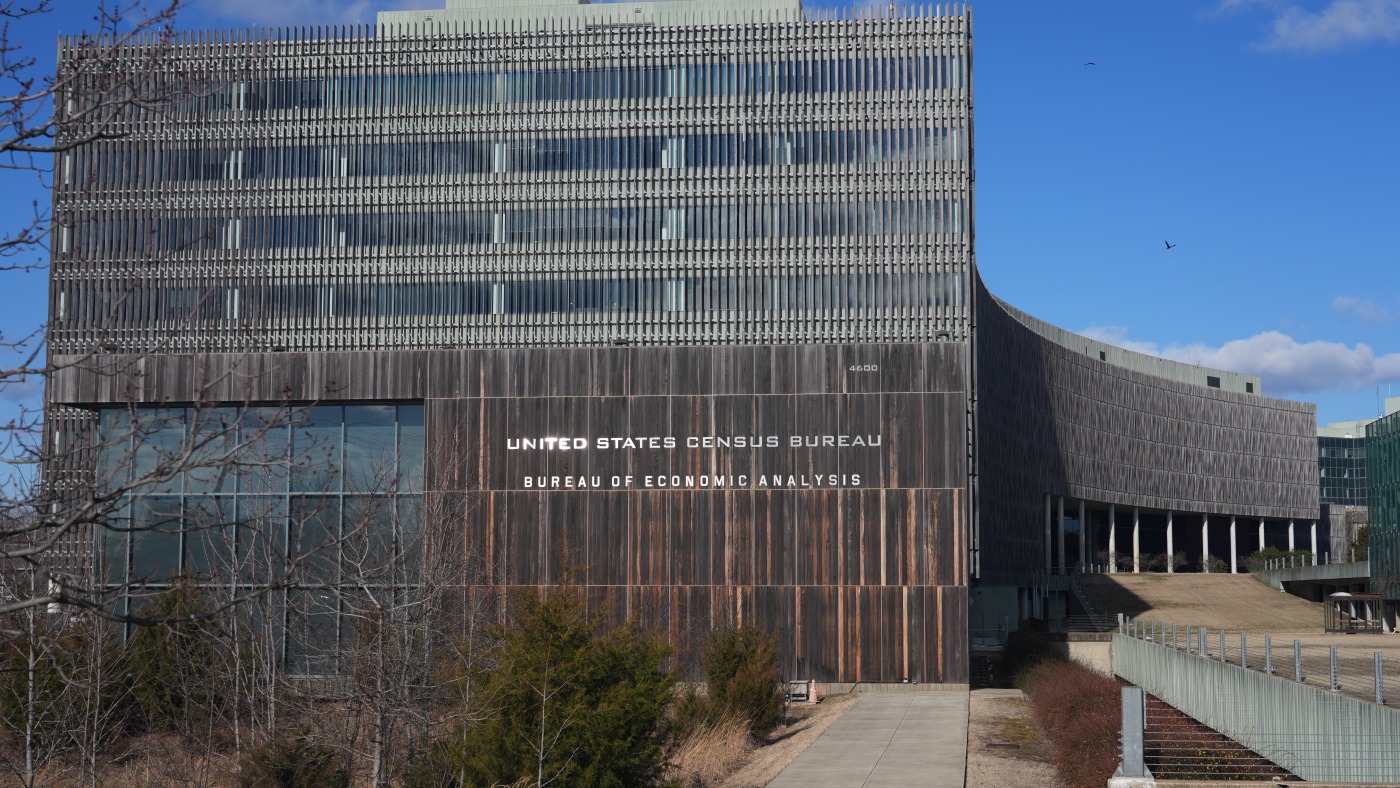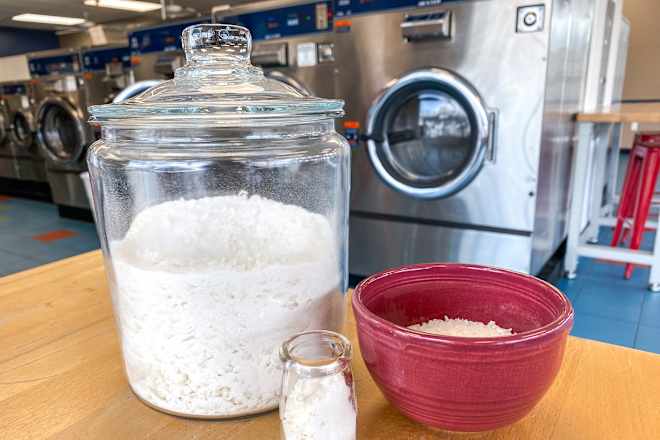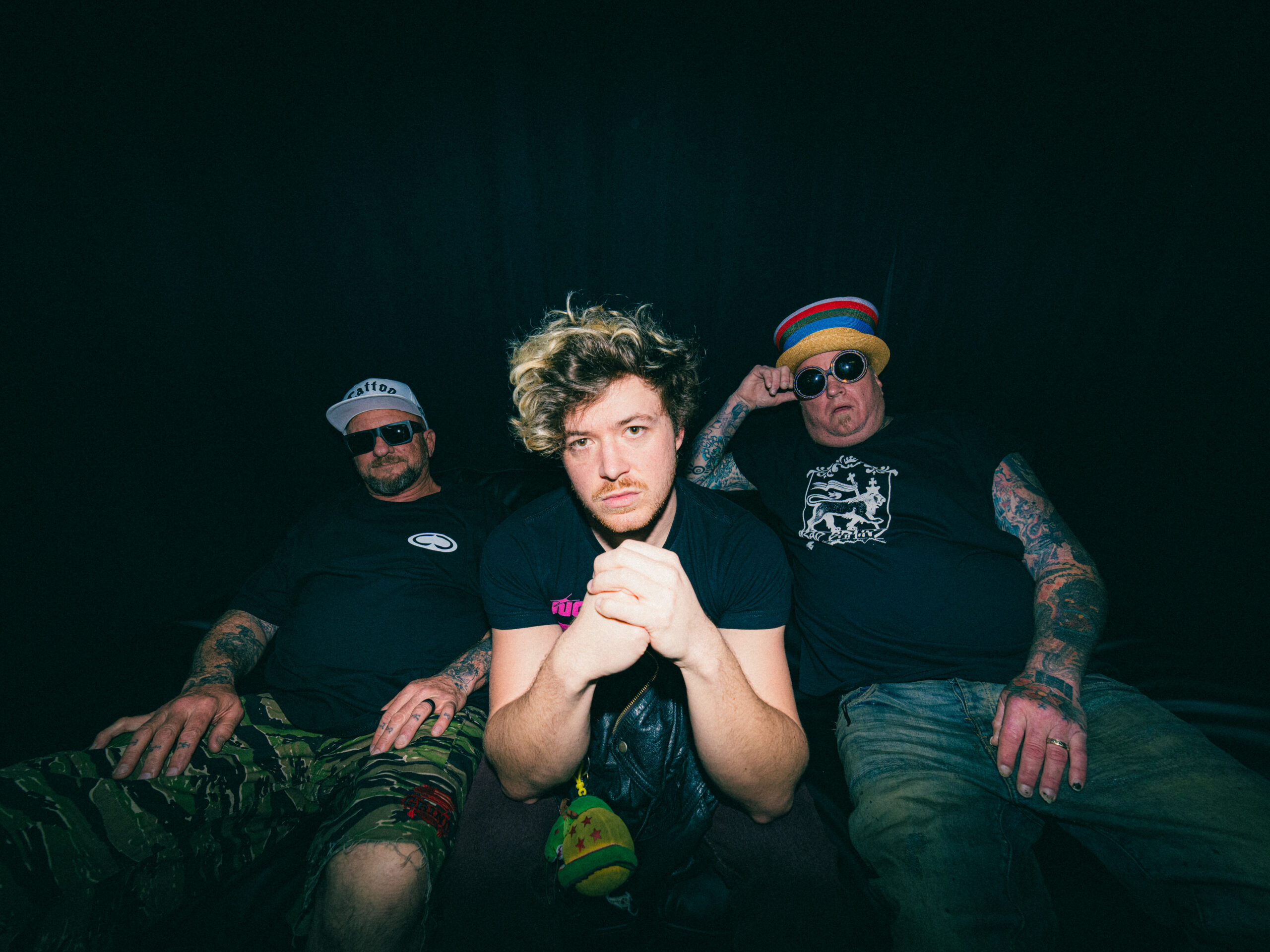Biggest Fitness Trends of 2025 and the Worst Fads to Leave Behind
As we gear up for a fresh start in 2024, it’s time to fix our attention to the best new fitness trends while bidding adieu to the fads of yesteryear.
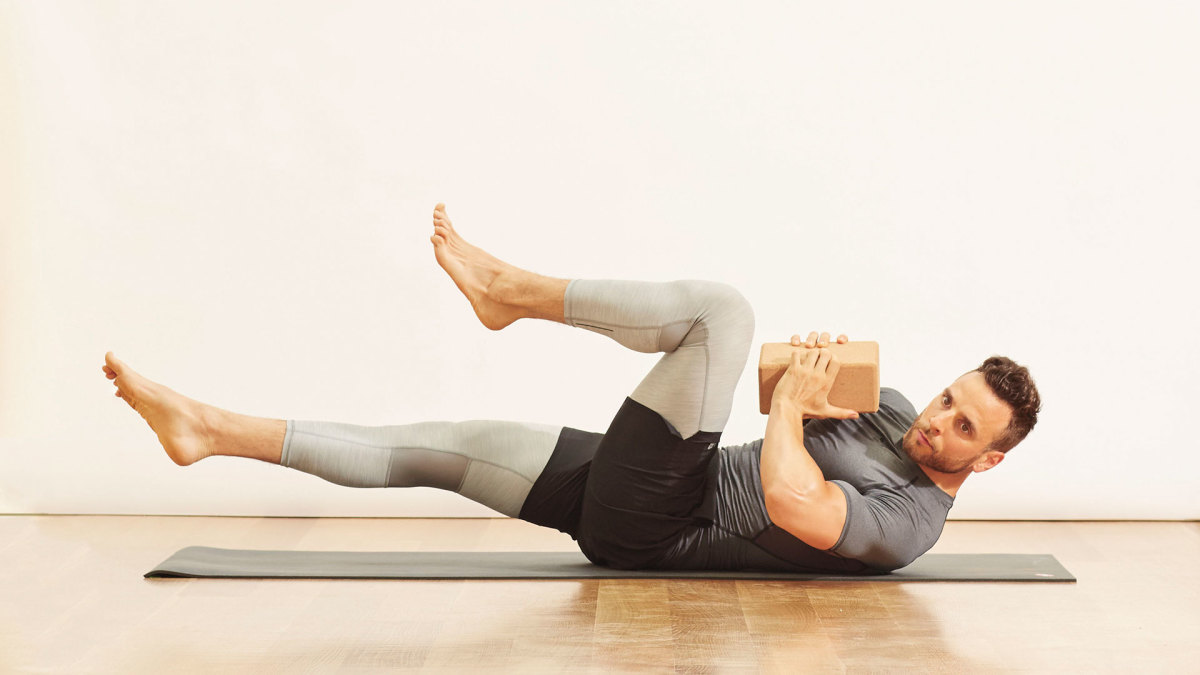
About 75 percent of people responding to Life Time's 2025 Wellness Survey say they plan to put their health first in 2025—almost 20 percent more than last year. And with 99.3 percent of respondents reporting they get a happiness boost after working out, it's no wonder people are blocking time for more physical activity. As the year starts to unfold, it’s time to re-evaluate priorities and leave less-than-ideal fads in the past. And though 2024 saw many worthwhile trends take off, not all are worth pursuing.
Whether you need a total reset or want to make some tweaks to your routine, sifting the good from the trendy-but-questionable methods (we're looking at you, quadrobics) can be tricky. 74.7 percent of respondents plan to prioritize their health in 2025—a nearly 20 percent increase from 2024.
To help, we tapped on-the-ground experts to unpack the up-and-coming fitness trends they're seeing for 2025. This guide will fill you in on the most popular—and worthwhile—fitness trends we're loving and what to pass on for a fitter, healthier you this year.
Biggest Fitness Trends and Predictions of 2025
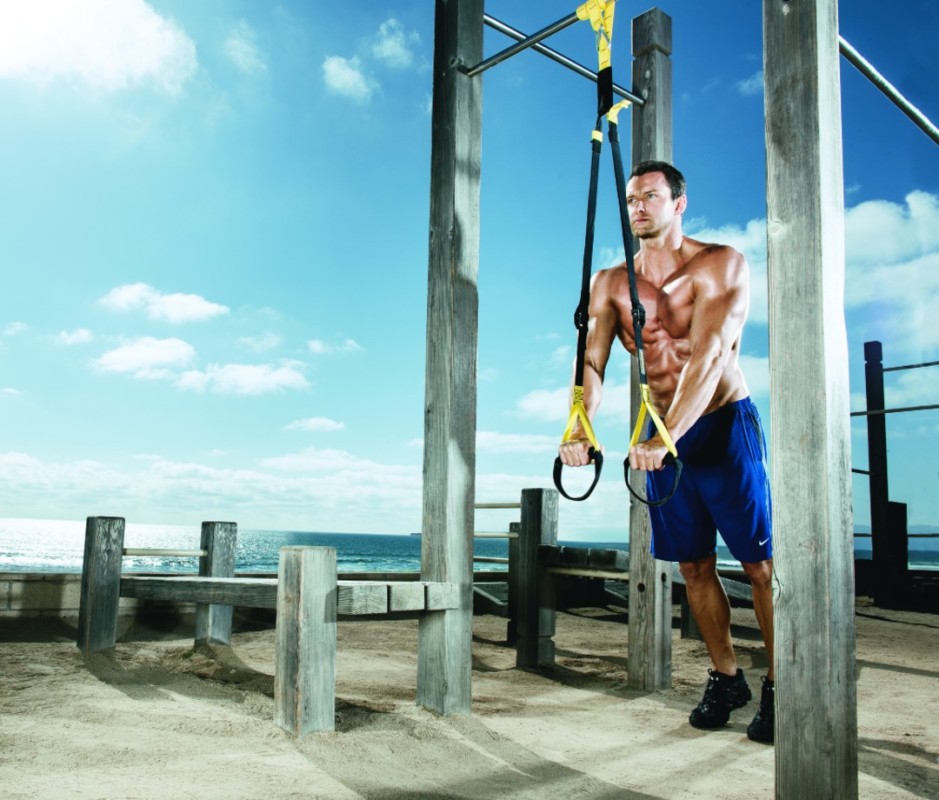
Dustin Snipes
1. Building Muscle Reigns Supreme
More people are picking up strength training, realizing it’s crucial to build muscle, especially as you age. It’s possible to build functional workouts for your specific lifestyle, even if you’re not interested in athleticism as a hobby.
“Functional fitness helps you get better at doing laundry and walking up the stairs—it’s all about setting a routine that will improve your life,” says Daniel McKenna, celebrity trainer and creator of the Irish Yank Fitness Club.
2. Low-Impact Training Meets the Need for Accessible Fitness
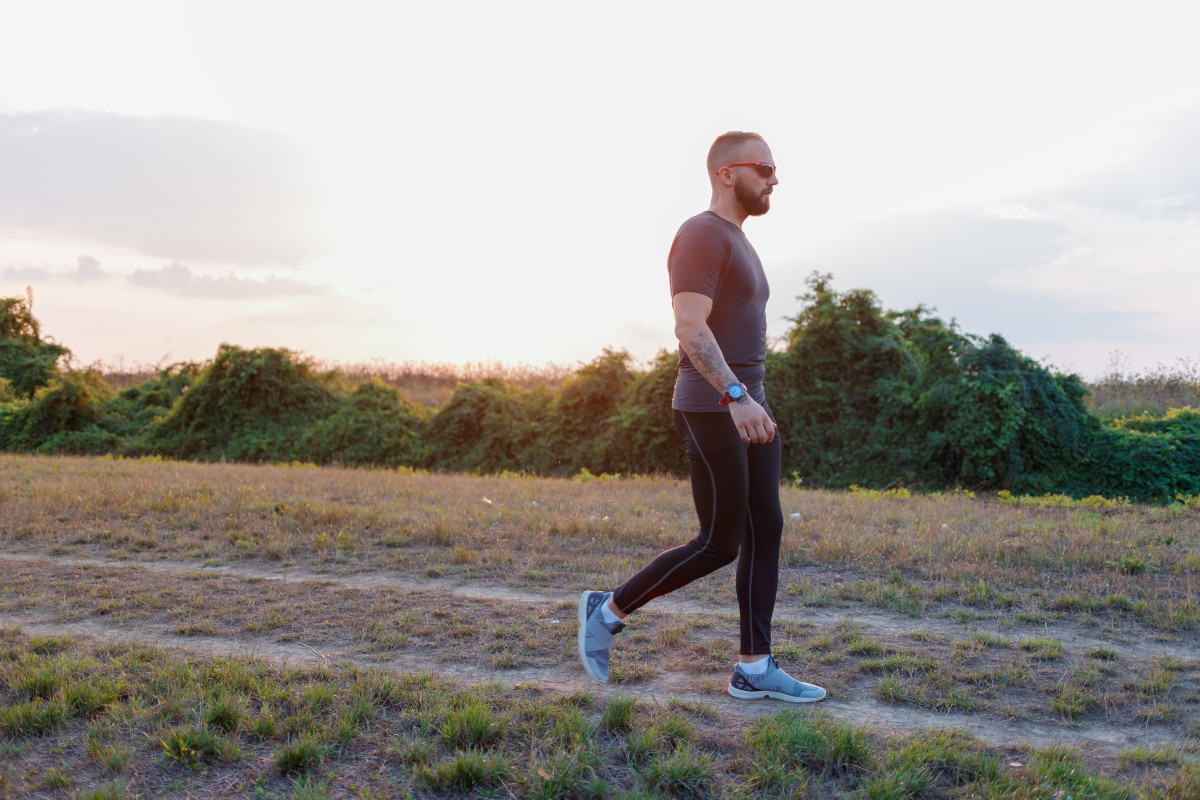
Getty Images
We predict the return of steady-state cardio and walking as a primary form of heart-friendly activity. The last couple of years have seen a slow but steady re-emergence of traditional, restorative cardio, edging back into the scene after an undeserved banishment in favor of more intense forms of cardio workouts such as high-intensity interval training (HIIT). Fitness class booking software Mindbody found that the typical American fitness routine comprises 40 percent low-intensity training and 25 percent moderate-intensity workouts, with lower-intensity training up 176 percent in popularity from 2022.
But, the benefits of conventional cardio are underrated. “If you’re looking for long-term and overall health benefits, steady-state cardio will help to train your cardiorespiratory system and enhance your aerobic capacity, as well as reduce your risk of type-2 diabetes, high blood pressure, and high cholesterol,” says McKenna. What’s more, walking and moderate cardio help reduce stress and improve mental health—and who couldn’t use some help with that?
“This type of steady movement is becoming popular because it's easy to sustain and is gentle on the body,” adds Stan Kravchenko, founder of OneFit app and trainer to Bravo host Andy Cohen. Walking and consistent cardio are excellent for heart health and can be smoothly integrated into everyday life. “Its appeal lies in not needing fancy gear or advanced skills,” says Kravchenko.
With a growing desire to prioritize balance over a balls-to-wall mentality, taking a more practical-yet-consistent approach to movement will grow in popularity during 2024. Justin Steele
3. Pilates and Yoga Continuing to Grow Among Men
Traditionally more aligned with women’s fitness trends, Pilates and yoga are set to skyrocket in popularity among men, blending the worlds of strength and flexibility training and setting men up for better mind-body balance and longevity practice. Celebrities such as Harry Styles and Giancarlo Esposito have been seen rocking it out on the reformer, and according to ClassPass, Pilates was the most popular workout of the year in 2023, with bookings up 92 percent.
In a similar vein, Tony Horton, the OG fitness trendsetter, creator of the wildly successful P90X workouts, and trainer to A-list celebs such as Bruce Springsteen and Billy Idol, says yoga is a huge part of his fitness regime. “Many men overlook the benefits both yoga and Pilates can have on their overall fitness, such as building core strength, improving balance, overall strength, and flexibility,” he says.
If you want to be stable and independent, maintaining your badassery long into your silver fox era, Pilates and yoga shouldn’t be overlooked. Horton credits yoga for keeping him looking young and healthy, and helping him prioritize mindfulness. “When my male clients are prepping for a new role or tour, I always incorporate yoga and Pilates into their routines to ensure optimal results,” he says. Unsplash
4. Tactical Fitness
Rucking boomed as a trend in 2023, with Google searches climbing by 50 percent compared to 2022. Outdoor fitness, in general, has been steadily growing in popularity since the pandemic forced people out of gyms and into the wild. Rucking, which includes hiking or walking with a weighted pack, has also garnered interest as military workouts (think CrossFit's Murph) have been trending on social media sites like TikTok and Instagram. It’s an effective workout that combines strength and endurance and is easy to do outdoors or indoors, making it an affordable and efficient fitness option, which heightens the appeal during financially tight and stressful times we’re living in, according to Kravchenko.
“Rucking is an excellent overall workout—the functional training benefits of hiking and running with a weighted backpack are undeniable,” says Kyle Zagrodsky, CEO of OsteoStrong. Military workouts and functional fitness have gained attention for their ability to improve the movements necessary for daily living. Mindbody reports that functional fitness is part of more than half (51 percent) of general consumers’ fitness routines and is most prevalent amongst millennial men. Andrew B. Myers
4. Brain Training Will Get Its Time in the Sun
Stress brain is no joke, and neither are the effects of cognitive decline on your overall well-being and life satisfaction. With more research emerging showing how lifestyle choices can support brain health, fitness is firmly poised to become a front-and-center tool for protecting your gray matter.
“In 2024, trending interest in brain training will grow to become part of everyone’s daily health stack as it impacts optimal bodily performance, including metabolic, mental, and cardiovascular health,” says Paola Telfer, CEO and founder of Sens.ai brain training system.
“The link between physical exercise and cognitive well-being is gaining more credibility, and exercises designed to enhance cognitive functions, like boosting memory and concentration and preventing cognitive deterioration, are rising in popularity,” adds Kravchenko.
Kravchenko points out that this trend is especially relevant because of the growing number of older people and increased awareness of mental health issues and neurodivergence, such as ADHD, which can benefit massively—per an ongoing randomized controlled trial published in BMC Psychiatry—from being active, increasing focus, attention, and impulse control—skills everyone can benefit from.
Notably, the Brain Training Apps market was valued at 6.52 billion in 2021, and it is expected to reach 44.43 Billion by 2030, according to the latest research by InsightAce Analytic. In 2024, “we’ll see individuals prioritize mental well-being and seek new methods to optimize cognitive function through accessible at-home methods,” says Telfer.
Modalities like at-home neuro-feedback technology will simplify brain training and demonstrate how to improve cognitive performance, focus, creative insight, stress management, and sleep for better holistic health. Courtesy Image
5. Expansion of AI and Virtual Tech Based Workouts
VR and gamification of exercise is how fitness stays relevant and appeals to more people in 2024. Andy Hoang, the Founder & CEO of Aviron, creators of game-based rowing machines, believes gamified fitness will be at the center of the wellness landscape this year. Gamified workouts turn exercise into entertainment by harnessing the positive aspects of gaming—increased confidence, problem-solving, and resiliency. “It's not just about being fit; It’s about finding a way to work out that is enjoyable and keeps you coming back for more,” says Hoang.
VR is undoubtedly becoming more popular, according to Krachenko. “It's a great way to gamify your fitness, keep you motivated, and build a community,” he says.
Related: Ergatta's Gamified Rowing Workouts Bring the Fun—and the Intensity
In a world with instant dopamine hits at the tips of your fingers, fitness needs to be entertaining; otherwise, most people won’t be able to stick with it. “If you haven’t tried some of the various VR apps that demand a high level of physical engagement, you should—they are fun, and you won’t even realize that you are getting a good workout,” says Zagrodsky. VR fitness isn’t going anywhere and will continue to grow in popularity.
In 2022, the global market for VR fitness games was about $11.1 billion and is projected to hit $16.2 billion by 2030, a growth rate of roughly 4.7 percent from 2023 to 2030. “Whether it's for relaxation or intense sports training, VR fitness will likely take over many homes in the near future,” says Krachenko. Zach Hetrick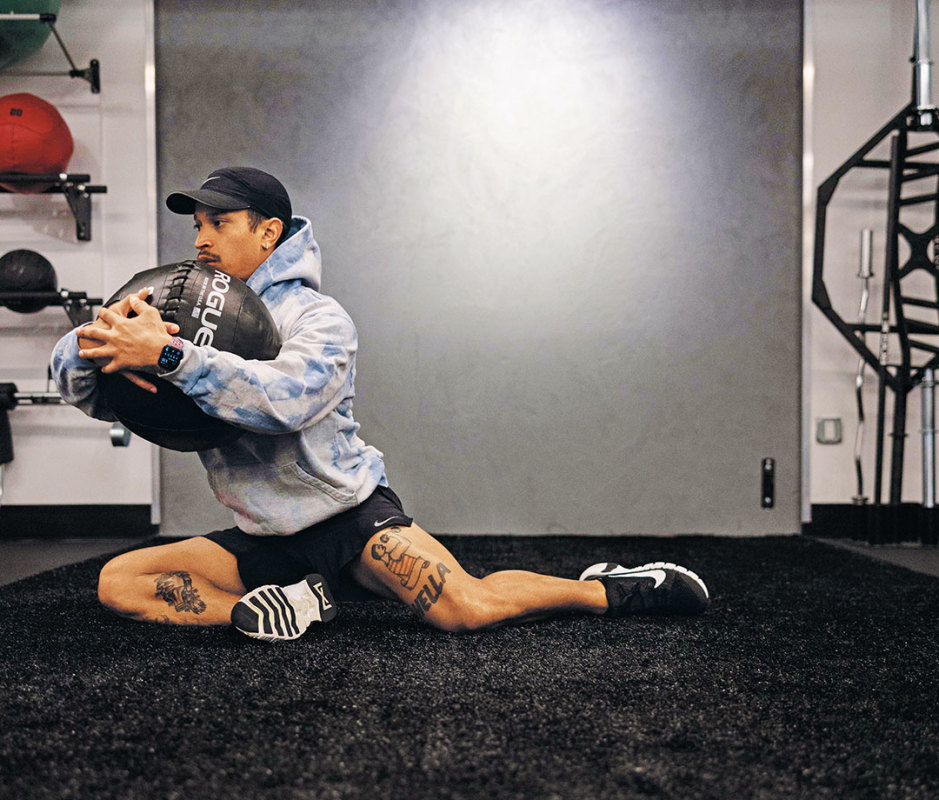
6. Prioritizing Whole Body Fitness With Hybrid and Functional Training
Fitness routines can get complicated. Finding time to address strength, endurance, stamina, power, functional fitness, and mobility can get overwhelming, even for the most dedicated. That’s why hybrid-style training methods have started to garner a huge following. But this isn’t your dad’s CrossFit workout. A bigger focus is on injury prevention and living well into old age without bad knees, elbows, and shoulders.
“We’re starting to recognize as a collective that fitness isn’t just about getting the most gains or being able to run the farthest distance. It’s important for existing day-to-day, living longer, and living better,” says McKenna.
Related: The Prehab Moves You Need to Avoid Injuries and Pain
Kravchenko believes we’ll see an increase in fitness that prepares your body for everyday tasks instead of just one type of exercise or movement. “Hybridized fitness has grown in popularity because of its goal-oriented approach, which prevents injuries and is not just about looking great, which can sometimes be unrealistic and unhealthy,” he says.
The online workout platform Les Mills+ has noted a 55 percent surge in mobility sessions over the last year, and according to Mindbody, nearly 29 percent of consumers now exercise intending to attain a long and healthy life, a substantial rise over the previous year.
“Now, it's more about smart fitness, setting healthy life goals, and focusing on a healthy way of living,” says Kravchenko. Marius Bugge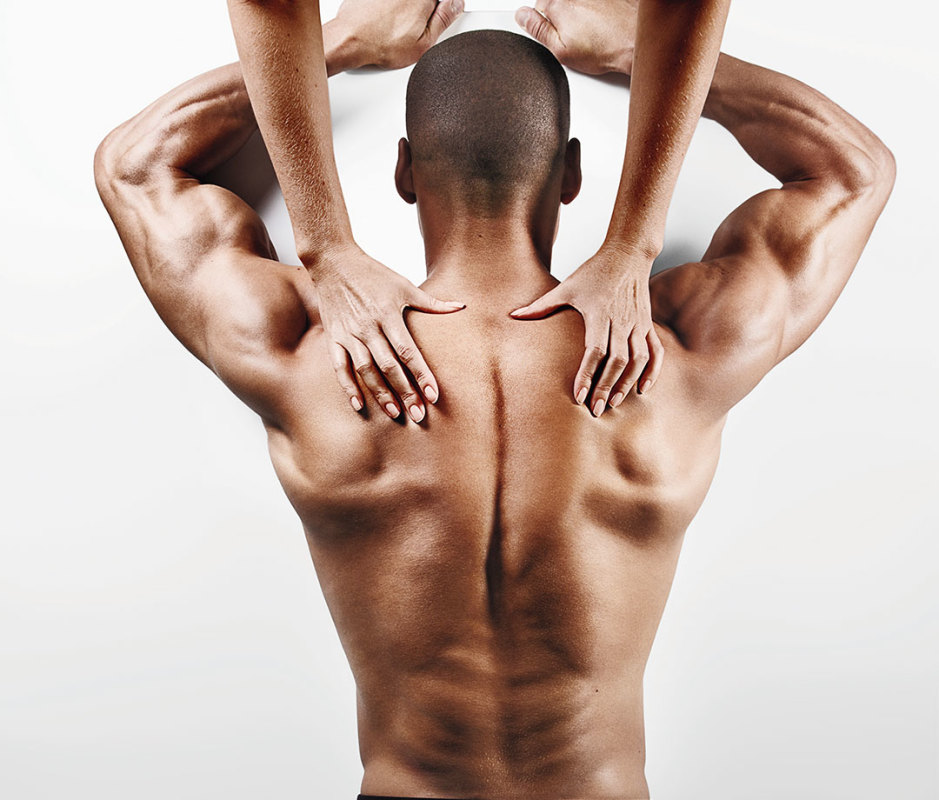
7. Recovery Will Reign Supreme
As people realize how vital recovery is in their fitness routines, home recovery tools like ice baths, massage devices, home saunas, and even sauna blankets are getting more popular, says Kravchenko. Plus, these tools make it easy and accessible to handle recovery, which is key for consistent exercise. Plus, they provide many physical and mental health benefits.
“Adding these to your lifestyle is crucial if you want to live a longer, healthier, and more productive life,” Kravchenko adds—which is firmly in the minds of today’s fitness-minded crowd.
According to Mindbody, post-workout recovery is a priority for almost half (47 percent) of Americans. And more than a third of the general consumer base has either experimented with or expressed interest in trying ice baths. At the same time, 26 percent of U.S. adults have jumped on the biohacking bandwagon to improve physical and mental performance. Tefler says mindfulness will surge in popularity in 2024, while brain training, sleep tracking, stress-reduction practices, and tools will all continue to garner more space in fitness regimens.
More demand for at-home recovery tools is making after-care much more accessible. “Ice baths ease muscle pain and swelling, and boost recovery; saunas promote blood flow, get rid of toxins, and relax your muscles; massagers help loosen tight muscles, making you more flexible and less stressed, says Kravchenko.
What’s more, the increasing use of pneumatic compression massage (aka compression sleeves for your legs) will keep driving the focus on recovery, according to Anthony Katz, founder and president of Hyperice, who notes the remarkable growth and popularity of the Normatec line. He says tools like this aren’t just limited to top athletes and professional sports teams; they're essential for marathoners and lifters who want to lessen fatigue and hasten recovery.
8. Nostalgic Workouts Make a Comeback
PureGym's annual fitness report: With trends such as step aerobics (+124 percent), rollerblading (+123 percent), breaking classes (+86 percent) and boxing (+84 percent) also among the most popular fitness trends for 2025,
Worst Fitness Fads to Leave Behind
No list of trends would be complete without a thorough bashing of fads that deserve to be left in the dust. Marius Bugge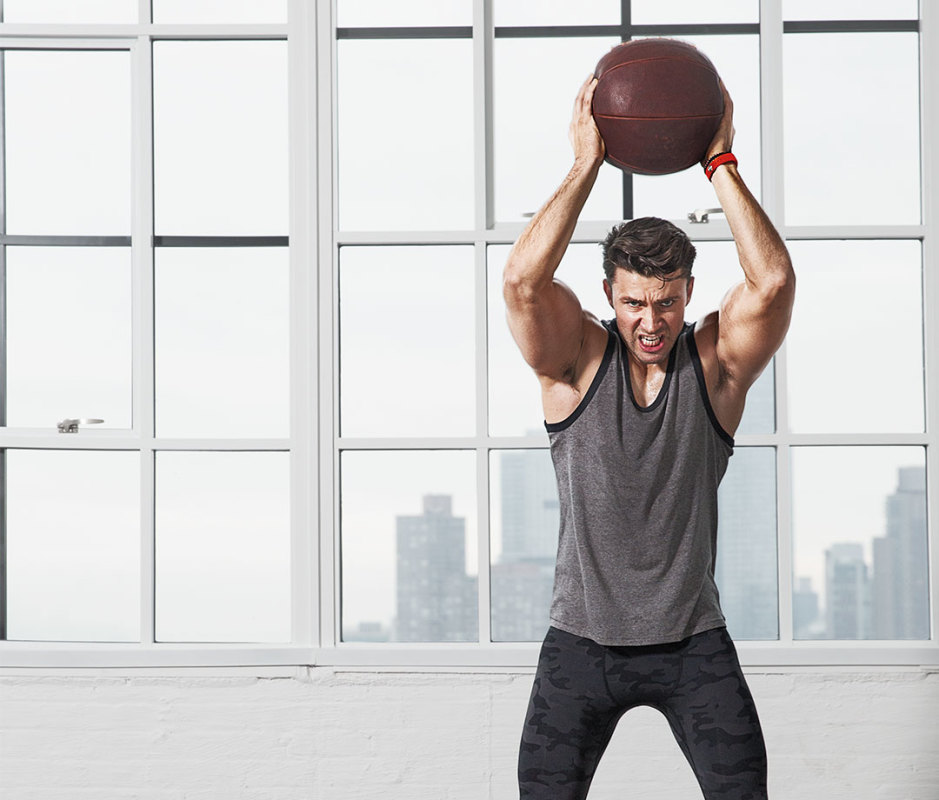
1. Overtraining
The “no rest days” mantra is long past its due date. “Recovery is a buzzword for a reason. Rest is vital for muscle growth, preventing injuries, and maintaining overall health, and skipping rest days can lead to overtraining, injuries, and reduced fitness progress,” says Kravchenko.
The importance of resting your body can’t be stressed enough, especially with mounting pressures from work and family and an overwhelming sense of burnout and exhaustion—all themes over the last year. Adding too much intense exercise without an equal measure of recovery is a quick path to injury and illness.
“Allowing your muscles to heal and rejuvenate is vital so you can continue to train and live a healthy lifestyle, and those who choose to skip rest days and operate at a high-intensity level seven days a week are more susceptible to injury,” says Horton.
If you’re the kind of person who just can’t sit still, you can always complete an active recovery workout movement, like walking, restorative yoga, swimming, tai chi, or hiking.
“Just make sure your active recovery is respective to your normal workout,” stresses McKenna. "Don’t push yourself harder than your 'on' days." Andrew Cutraro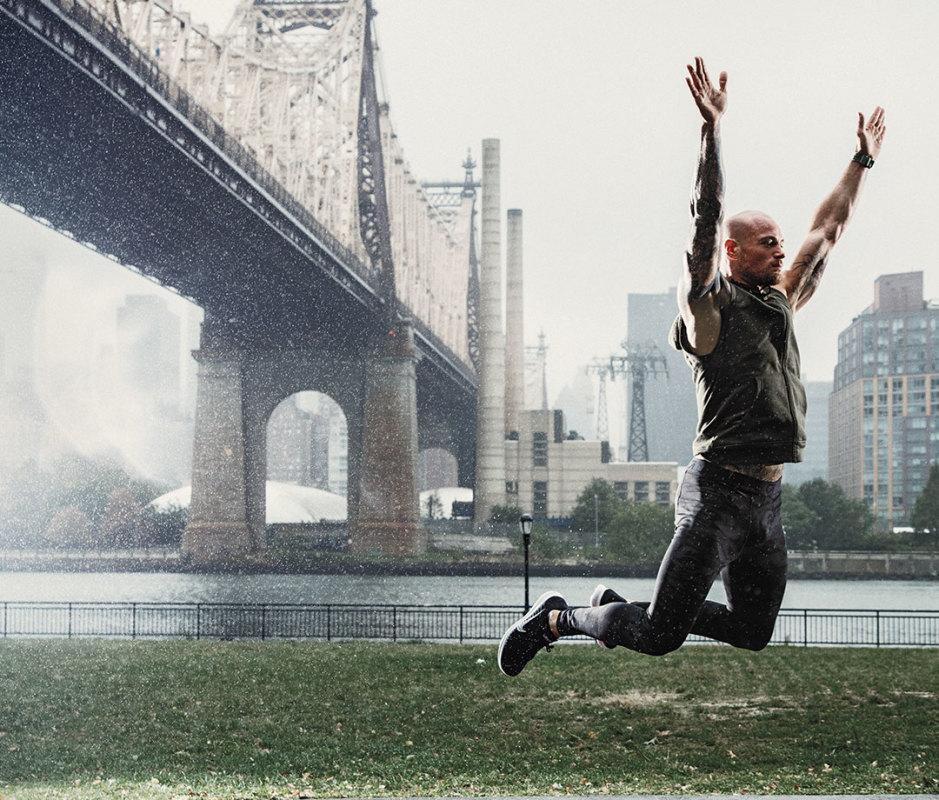
2. Doing Cardio Ad Nauseam for Weight Loss
HIIT, metcons, and overly enthusiastic CrossFit WODs had their day in the sun. Overdoing high-intensity cardio is incompatible with a growing focus on wellness, balance, and recovery. The good news is you don’t need to Tabata your way to shredded.
“Many people think they need to complete high-intensity cardio workouts to achieve their weight goals, but that isn’t the case,” says Horton.
While cardio is beneficial for heart health and can help with fat loss, a more balanced approach, including strength training, a healthy diet, and sustainable cardio routines, is now preferred, Kravchenko says. “High-intensity interval Training (HIIT) can be effective but isn't the only or best method for everyone,” he adds.
Adding low-intensity workouts such as walking briskly or strengthening exercises to your routine are the best ways to get your heart rate up and burn extra calories to achieve a healthy, strong body. James Michelfelder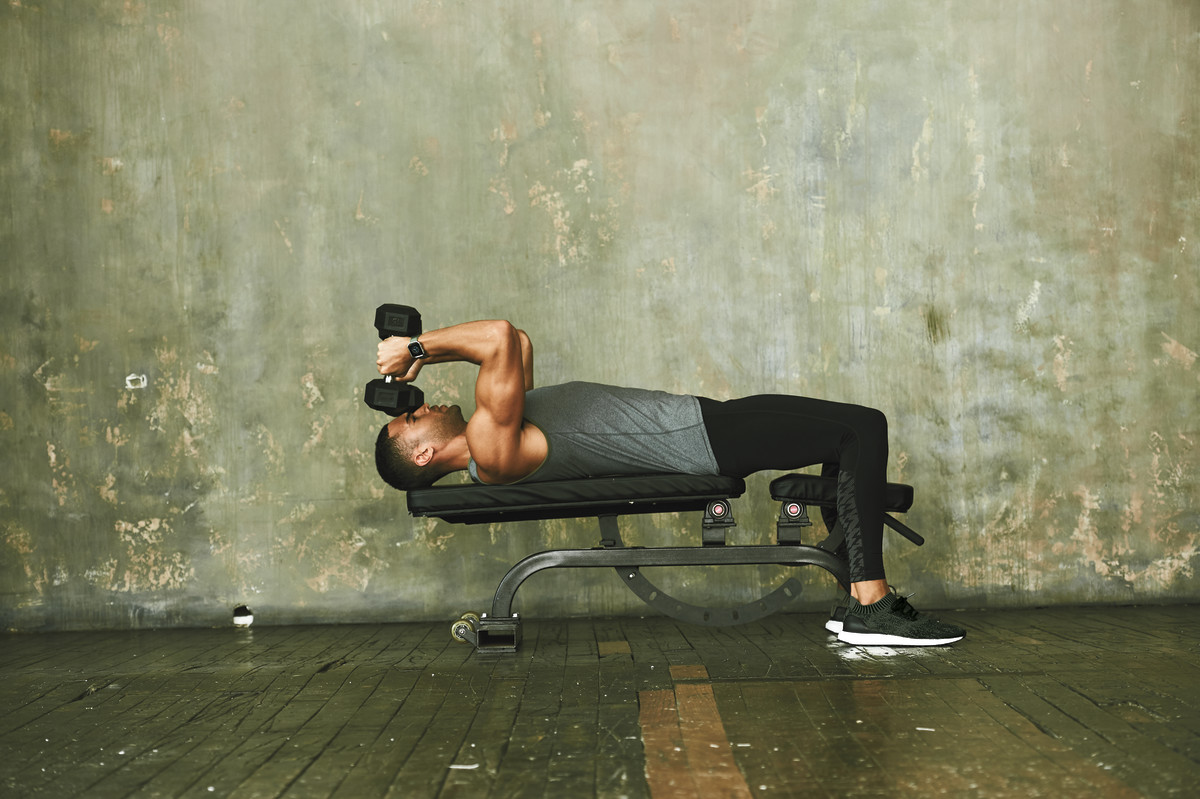
3. Body-Part Splits for Muscle Gain
Chest on Monday, back on Tuesday, viceps on Wednesday…training each major muscle group once per week on different days of the week is the traditional "split" method, but it's worn out its welcome.
“Increased training frequency, like full-body workouts or splits that work muscle groups two to three times a week, are likely more effective for muscle growth,” says Kravchenko.
Research shows that splitting up your workouts so each muscle group is hit at least twice weekly is likely the best way to pump out enough quality volume to grow bigger without accumulating too much fatigue or trickling into the realm of junk volume. Consider an upper-lower split or push-pull routine instead. Peter Yang
3. Partial Reps for Greater Gains
Bodybuilders and fitness influencers often grunt over “partials” pumped out at the end of quality sets for more stimulus, but there’s little evidence behind this practice.
“The trend is shifting from adding partial reps at the end of sets towards focusing on a full range of motion,” says Kravchenko. This approach is believed to be better for overall muscle development and joint health, and while partial reps can be beneficial in some cases, they shouldn't be the main focus, he says.
Focus on performing exercises using a full range of motion, feeling the stretch, and lowering the weight if needed. Leave your ego at the door, and you’ll see gains in no time. Emiliano Granado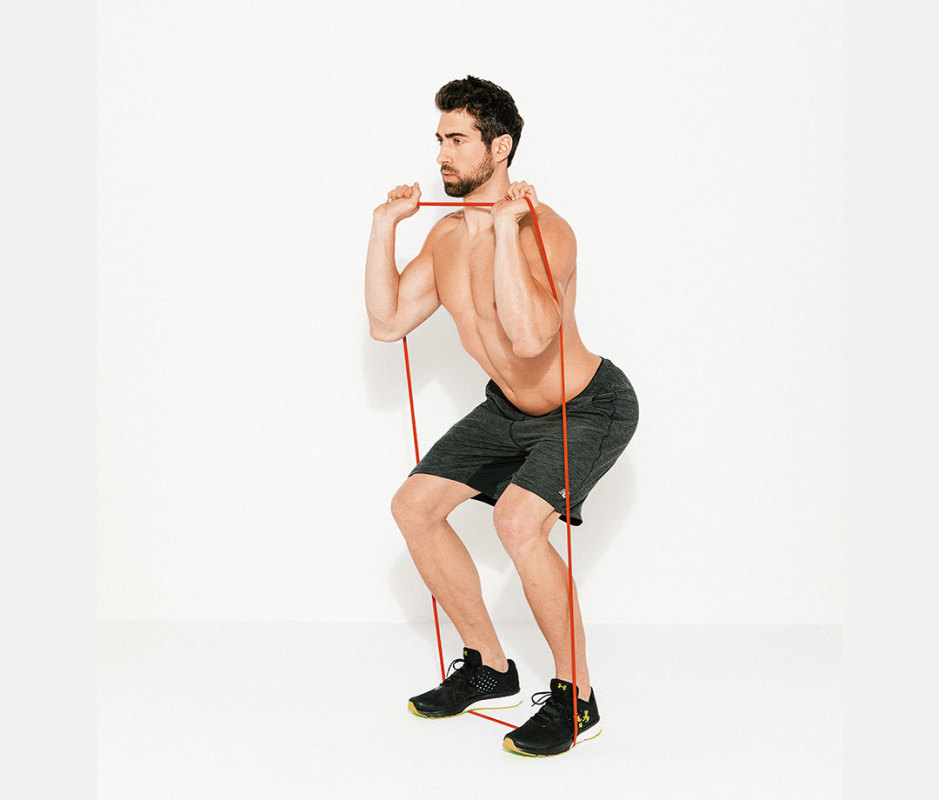
4. Avoiding Lifting to 'Save' Your Joints
The misconception that lifting weights harms your lower back and knees is going the way of the dodo. “Strength training is now recognized for its benefits in improving joint health and overall strength, including in the lower back and knees,” says Kravchenko. The key is to use proper form and progress gradually. Forrest Conner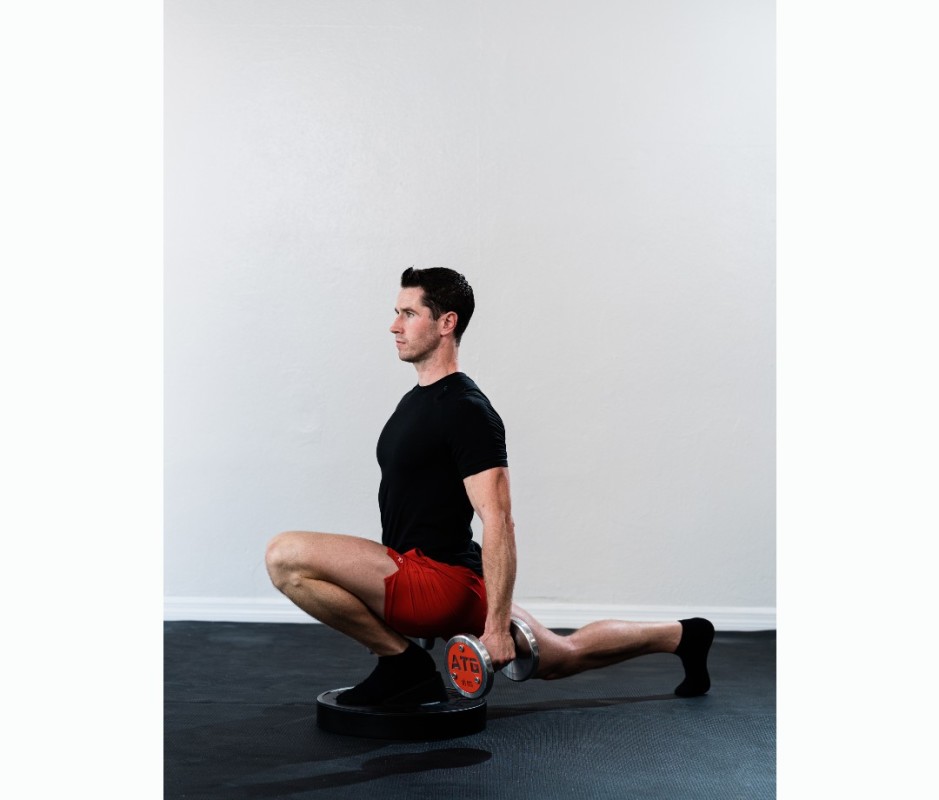
5. No Knees Over Toes
“Don’t let your knees go over your toes” was a standard exercise instruction for lunges, squats, and other movements for decades, but it’s not rooted in any valid logic. “The strict rule of not letting your knees go over your toes during lunges and squats is changing,” says Kravchenko.
That's, in part, due to the hard work and dedication of “Knees Over Toes Guy,” Ben Patrick. ”The extent to which knees pass the toes can vary based on individual anatomy and mobility,” adds Kravchenko. Instead, focus on overall form and balance rather than strict knee positioning.
Why You Should Trust Us
I'm a certified personal trainer, certified strength and conditioning specialist, pain-free performance specialist, and writer who's witnessed all sorts of trends, both good and bad. With a passion for science-based training advice, I'm dedicated to helping people live healthy, happy lives without wasting their time, energy, or money on nonsense. For this article, I leveraged my expertise and interviewed experts in the fitness and wellness space.
Meet the Experts
- Daniel McKenna, CPT, creator of The Irish Yank Fitness app, NASM-certified celebrity trainer, and former Irish Gaelic football athlete
- Stan Kravchenko, celebrity trainer, founder, and lead trainer at OneFit
- Tony Horton, founder of the P90X program, the most successful fitness program in America, and celebrity trainer.
- Kyle Zagrodsky, CEO at OsteoStrong and founder of the first SAS health club software company before the internet boom
- Paola Telfer, CEO and Founder of Sens.ai brain training system
- Andy Hoang, founder and CEO of Aviron, a game-based rowing machine company that's been in the AI and marketing business for over a decade
- Anthony Katz, founder and president of Hyperice






































